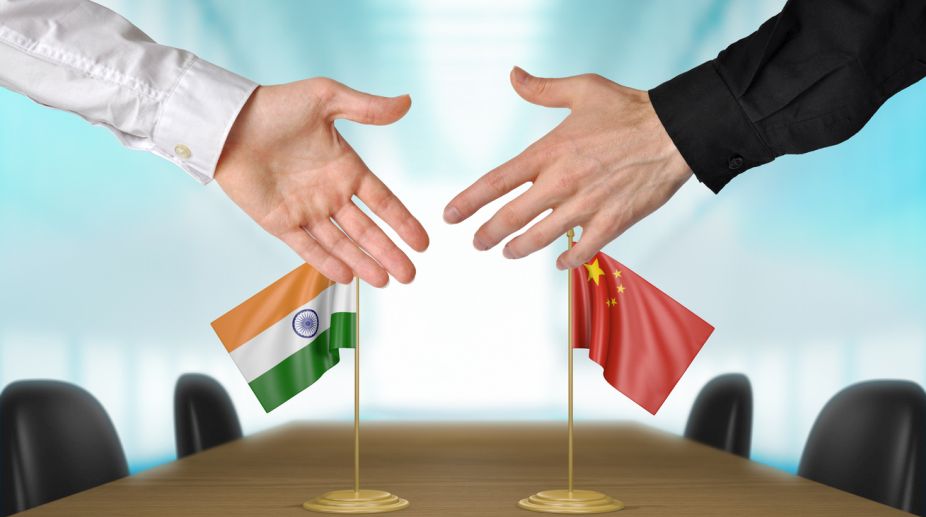Chinese whispers
Conspiracy theories are seemingly circulating at the speed of sound in the wake of the unprecedented changes wrought by Chinese…

(Getty Images)
Applause is due to those unnamed diplomats who toiled behind-the-scenes to evolve the formulation that ended the deadlock at Doklam.
Since “truce” thrills neither party, there is little point splitting hairs over the language used in the statements issued in New Delhi and Beijing, or trying to analyse which side lost more in the process. That a potentially-devastating military confrontation was averted should provide much relief to those prosecuting foreign policy ~ even if the trigger was ostensibly to save the upcoming BRICS summit.
At the time of writing there was no formal announcement of Mr Narendra Modi joining those deliberations, yet there appears little reason to carry out the unofficial threat to stay away. Domestic political interests always heavily impact foreign relations: that both sides have been provided a face-saver underscores the quality of the diplomatic exercise.
Advertisement
South Block would undo some of that effort if it seeks to gloat over its having always insisted that diplomacy was the preferred way out ~ let the Chinese make their own evaluation of their uncharacteristic rhetoric that verged on a war of words. For they would have to concede that India ~ and Bhutan too for that matter ~ did not buckle under pressure.
Nor did Beijing’s belligerence secure much international backing: indeed its expanding the scope of the conflict only fuelled concerns over its action in the South China Sea. The Chinese consider themselves a major player on the world stage, going ballistic over Doklam did not boost that projection.
The disengagement of forces on the plateau at the Trijunction, however, is only the first step. There is need to progress beyond the recent statements and try to attain a settlement on the “basics”, which will have a spin-off along the 3,488 km Line of Actual Control: scuffles and stand-offs are too risky to be accepted as the norm. It is more than “varying perceptions” of the border that are vexatious, the scope for conflict will expand as India tries to address the infrastructure imbalance on the frontier.
Augmenting India’s military prowess is unavoidable: the last Army Chief to lead this country in war has recently articulated the considerable advantage the PLA enjoys ~ which possibly influenced the Indian stress on diplomacy over Doklam. Every effort must be made to avert Indian envoys negotiating from a militarily disadvantaged posture.
True that a re-run of 1962 is hardly possible, or an Indian prime minister would ever again be so detached from reality as to ask the Army to “throw the Chinese out”, yet the Doklam-linked threat to the Chicken’s Neck did revive memories of Nehru saying farewell to the North-east.
Infrastructure, it needs emphasising, is not only of military relevance ~ it ensures the local populace develops stakes in India.
Advertisement